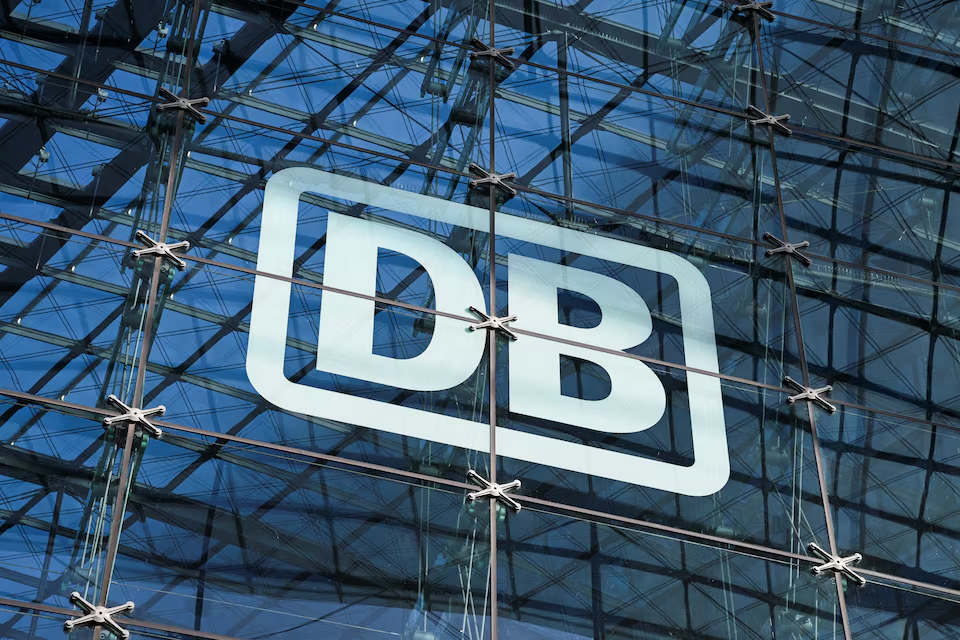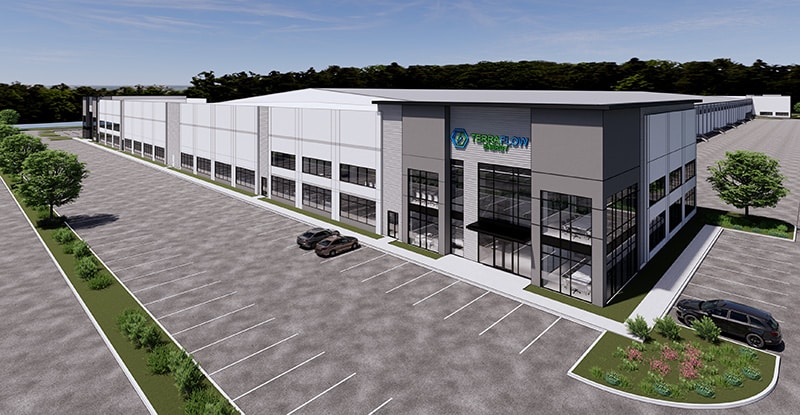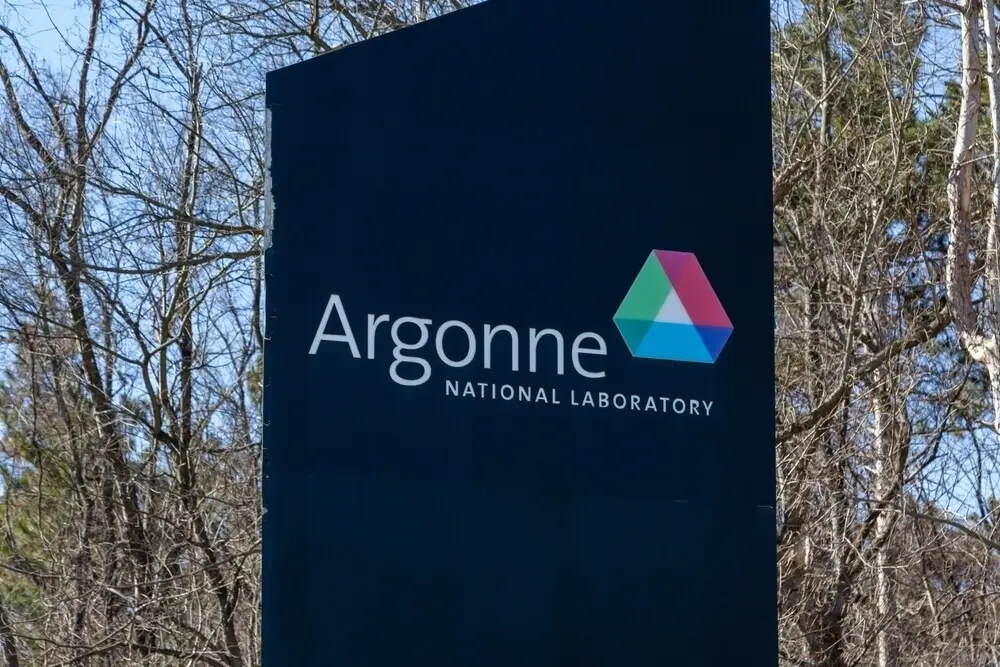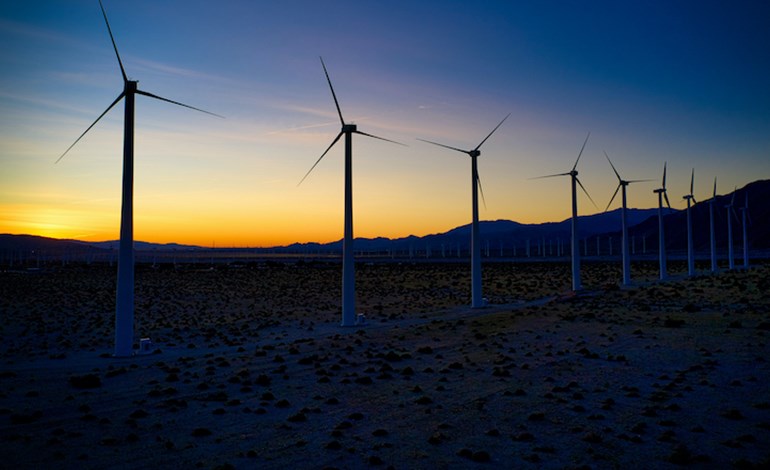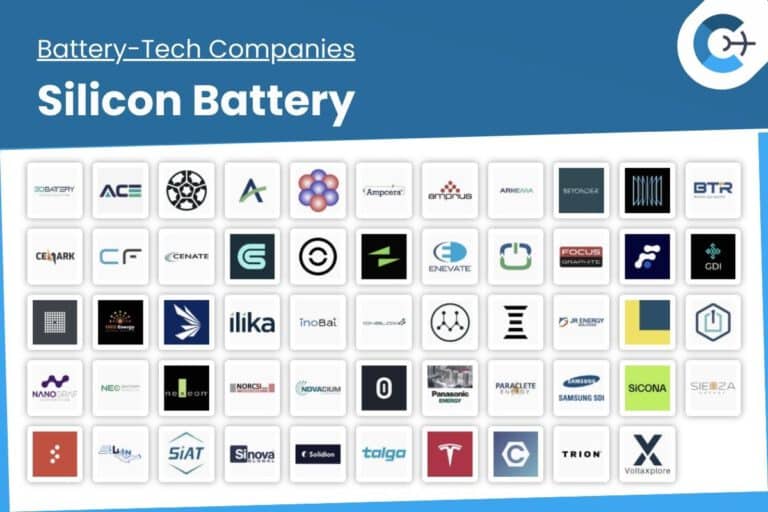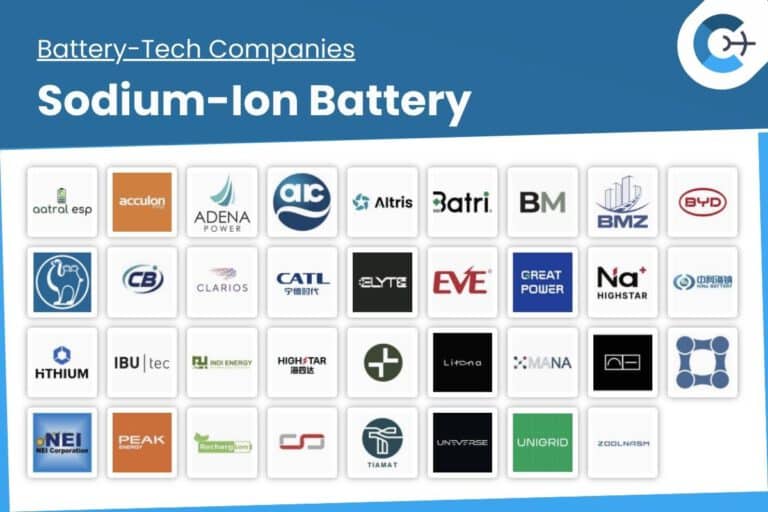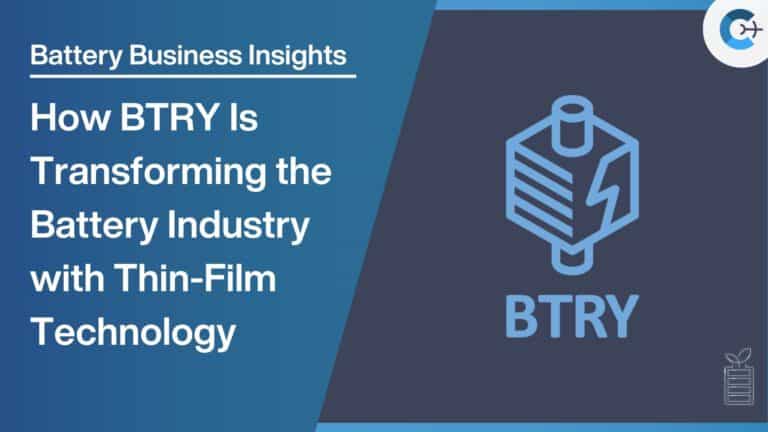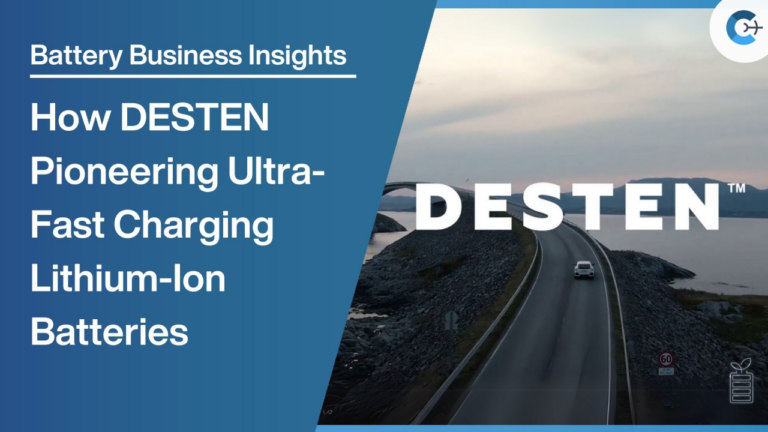Deutsche Bahn has equipped its ICE Leipzig facility with a second-life battery storage system combined with a photovoltaic (PV) installation, marking the first time one of its long-distance service centers has adopted such technology. The innovative energy solution utilizes 30 repurposed battery modules sourced from eight electric vehicles. Together with the PV system, which can generate up to 250 kilowatts, the setup is capable of supplying approximately 25% of the ICE Leipzig’s energy needs. This integration is projected to save the company around €85,000 in annual energy costs at the Leipzig location.
Katrin Habenschaden, Head of Sustainability and Environment at Deutsche Bahn AG: “Deutsche Bahn will become climate-neutral by 2040. With the modernization of the energy supply at the ICE plant in Leipzig, we are showing in concrete terms how we can combine sustainability and economic efficiency: We store the electricity generated from the sun in a battery storage system made from disused electric car batteries and use it especially when the energy demand in the plant is particularly high or the sun is not shining. In this way, we are not only driving forward the energy transition at DB, but are also positioning ourselves even more economically as part of the S3 Group restructuring programme.”
The PV installation, with a total capacity of approximately 291 kilowatt-peak (kWp), has been installed across three sections of the facility. The battery storage system communicates with the PV installation to continuously monitor the plant’s energy consumption. During times of increased demand, the storage system discharges to reduce peak energy usage, which helps lower the high costs associated with these periods. Additionally, when the storage system is fully charged and the PV installation generates excess energy, the surplus is fed back into the public electricity grid.
Developed by Deutsche Bahn’s in-house startup, encore | DB, the second-life battery modules were previously used in electric vehicles for five to seven years before their capacity for mobile use diminished. However, they remain sufficiently capable for stationary energy storage applications. Following the implementation at the ICE Leipzig facility, Deutsche Bahn plans to install similar battery storage systems at the Kassel facility and is exploring additional deployments across other sites.
As part of its broader sustainability efforts, Deutsche Bahn has committed to being Germany’s largest user of green electricity. Starting in early 2025, all of its stations, maintenance facilities, offices, and other properties supplied by DB Energie will be entirely powered by renewable energy sources.
Source: Deutsche Bahn

